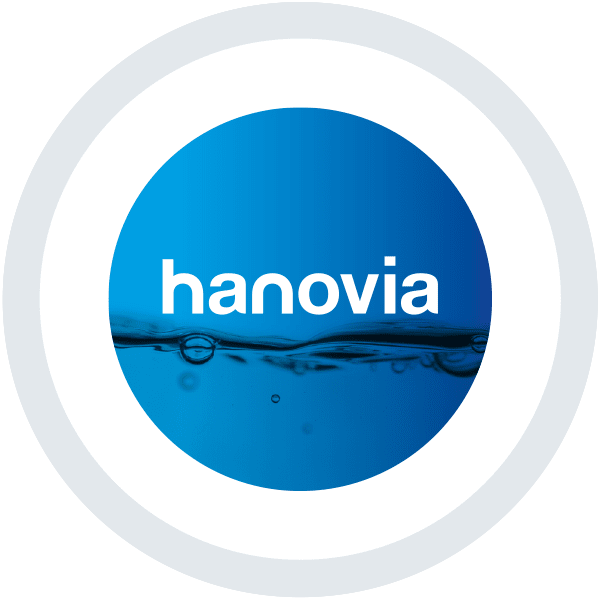UV Disinfection – NSF/ANSI Class A or USEPA UVDGM Validation

by Brian Grochowski
Food and beverage companies are increasingly specifying validated UV disinfection systems for use within their manufacturing processes. This shift in policy is being seen in many dairies, bottled water facilities and carbonated beverage operations. The trend is driven in many cases by corporate influence and guidelines that aim to ensure consistency and quality levels across multiple facilities located regionally or globally. In other cases, especially within the bottled water and dairy industries, regulatory agencies such as the FDA have driven the need for validated UV systems.
However, for end users it is not just simply a matter of selecting a `validated’ UV system. There are many different validation protocols that UV system manufacturers can choose from when validating their own equipment and by no means are these protocols all equal. Corporate and/or regulatory decision makers are usually aware of at least some of the differences between the protocols, but often these are ignored, misunderstood or deemed irrelevant at the plant level.
From an end user’s perspective, it is not unreasonable to ask, “if the UV system is `validated’, what is the difference”? Well, the difference becomes very apparent when you compare the validation of a UV system using the NSF/ANSI 55 Class A guidelines with a validation using the USEPA UVDGM guidelines. While a system may be validated to meet either protocol (or indeed both), they are certainly not equivalent. On the contrary, NSF validation does not take into account some important aspects that are considered in the USEPA validation requirements. For example:
- Lamp fouling and lamp aging
- USEPA UVDGM – Both lamp fouling, and ageing are taken into account within validation testing. The validated dose delivered by a USEPA UVDGM validated system is guaranteed to deliver the required dose under aged and fouled lamp conditions.
- NSF/ANSI 55 Class A – The NSF protocol does not directly account for lamp aging or lamp fouling.
- Safety factor
- USEPA UVDGM – The USEPA protocol requires that a safety factor be built into the equipment to account for biases, variability and experimental uncertainty.
- NSF/ANSI 55 Class A – No safety factors are required.
These points highlight two major differences between these validation protocols and is the reason why many regulatory and corporate UV guidelines require that USEPA validated UV equipment be deployed. It is also widely recognized that an NSF validated system provides less information and monitoring capability than a USEPA validated system. Critically, the lack of any safety factors required of a NSF validated system can result in a significant difference in performance compared to a USEPA validated system. This difference in performance is typically around 30%!
Further differences between the NSF and USEPA validation protocols include:
- The USEPA and NSF protocols both require a UV intensity sensor, but the NSF protocol does not specify that the intensity must be reported or recorded…only that an alarm be issued if the UV dose drops below 40mJ/cm2.
- The NSF protocol does not require a `UV lamp status’ indicator (which is a requirement of the USEPA UVDGM).
- The NSF protocol does not directly account for changes in the UV transmittance of the water. It relies on the intensity sensor readings to take water quality changes into account.
- The NSF protocol does not account for the inherent uncertainty of the UV intensity sensors.
- The NSF protocol does not account for the different velocity profiles of the water going through the reactor. It only considers the maximum flow rate and not how the dose may vary with reductions in flow.
- The NSF protocol does not directly account for lamp or critical component failures. It relies solely on the dose measurement to indicate a failure.
- The NSF protocol does not directly account for the inlet and outlet piping configuration surrounding the UV chamber. This can have a significant effect on performance (up to a 30% reduction if hydraulics are poor).
For the end user, it is important to be aware of the differences between different `validations’. The USEPA UVDGM validation protocol and requirements are much more rigorous than the NSF/ANSI 55 Class A requirements. The end user may find that the performance of a NSF validated system is significantly worse than a USEPA validated system. This is primarily due to the lack of validation safety factors required by NSF, which can result in a 30% difference in dose. The NSF protocol’s failure to considering the inlet and outlet piping surrounding the UV system can produce an additional 30% difference in dose depending on the inlet/outlet hydraulics.
While there are applications where NSF/ANSI 55 Class A validated systems are appropriate, it is important to understand that they should not be viewed as equivalent to a USEPA UVDGM validated system. Doing so could subject a manufacturing facility to microbial contamination due to the NSF validated system’s inability to properly inactivate the target pathogens.
More information can be found at the link below.





 沪公网安备 31011202013557号
沪公网安备 31011202013557号